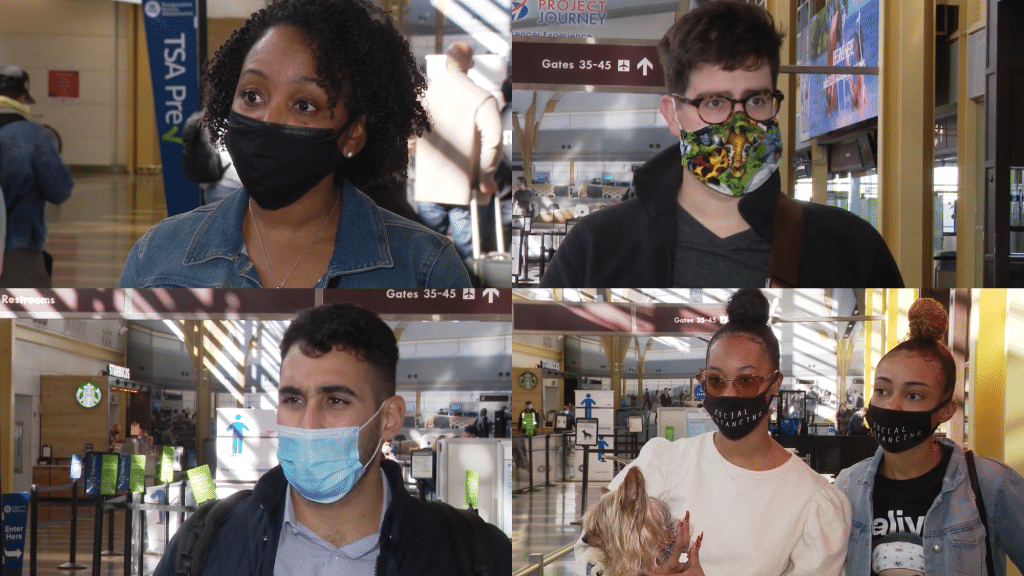You’ve packed your sunscreen, flip-flops, your patience and your mobile device.
Whether this is your first flight since the pandemic or not, you know a lot of things have changed.
Your expectations for in-flight connectivity (IFC) are one of those changes. Being cooped up at home with access to high-speed internet and all of your favorite movies, TV shows and music is hard to leave behind, even when you’re headed to have “fun in the sun” or finally close that big business deal in person.
We asked passengers at Reagan National Airport, just outside of Washington, D.C., what they expect from their inflight connectivity. Most are just hoping for a strong, reliable broadband connection. Others are looking for IFC at an affordable price.
To view our video, click here.
These expectations align to a recent Intelsat survey, which found that 65% of commercial aviation industry respondents believe there will be an increase in the number of inflight passengers who expect to be connected. And, 72% of respondents believe there will be increased demand for remote, work-based applications such as video conferencing, cloud computing and VPN onboard.
Overall, 85% of our survey respondents believe that “quality” inflight connectivity is a key differentiating factor for airlines. This expectation implies an uptick in appeal for Wi-Fi that is not only available, but also strong enough to keep up with today’s digitally-savvy passengers, who expect to be able to connect and stay in touch, get some work done or stream their preferred content at 35,000 feet.
Intelsat, operator of the world’s largest integrated satellite and terrestrial network, delivers reliable, high-quality connectivity solutions to commercial airlines all over the world. To learn more, visit: www.intelsat.com/solutions/aviation/.
Related Posts

News Release
Intelsat Wins MSUA’s Aerospace/Aviation Mobile Innovation Award for FlexExec March 16, 2023




